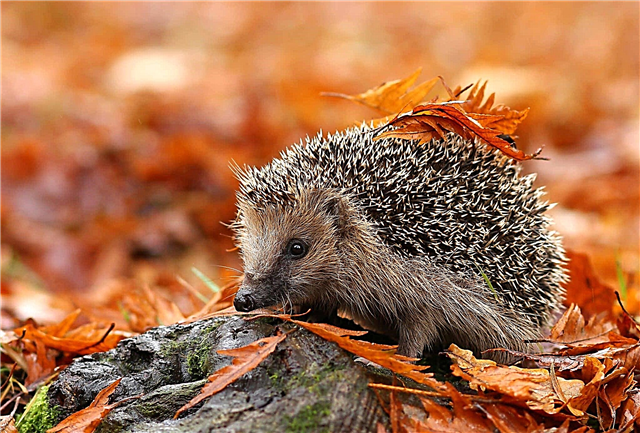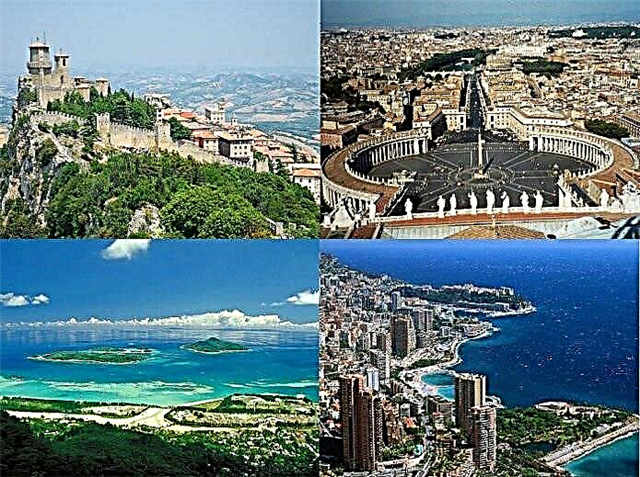
In the period from 1918 to 1921, the main phase of the Civil War took place in Russia, the participants of which were various camps. Among the losers were white.
Thanks to the efforts of Soviet ideologists, the white movement began to be perceived as an implacable opponent to the Bolsheviks, drawing the country into the abyss. At the same time, few people wonder why the leaders of this camp A. Denikin, L. Kornilov, A. Kolchak, P. Wrangel, N. Yudenich and others chose white as a symbol, and the concepts of “white guard”, “white case”, “ white movement ”rooted in our language. Since there is no single approach to the origin of this name, consider the main versions.
Version No. 1 Monarchical
Long before the revolutionary events in Russia in many European countries, the white color established itself as monarchist - remember the white lily on the coat of arms of the French Bourbons.

Among the participants in the Civil War there were many supporters of the return to the throne of the king, to whom the white color was not alien. Many perceived it as a symbol of legitimism and order, which determined the choice of the name of the camp.
Interesting fact: during the military events of the Civil War, the opponents of Lenin practically did not use the term “whites,” unlike the Soviet publicists, who used it very widely.
Version number 2 Heraldic
In heraldry, a white hue means silver - one of two basic metals.It symbolizes nobility, spiritual purity, truthfulness, hope, in general, those qualities that the founders of the white cause put into their movement. It is logical that they chose the name identically to this color.
Version No. 3 Ideological
In the physical sense, white is a spectrum of shades, and a wide range of views is applicable to the white camp. The participants in the movement were supporters of the republic, constitutional and absolute monarchy, people who supported the Romanovs and their opponents, in general, people of different views on the country's political future.
Whites have never been united and organizationally. Despite the presence of the title of Supreme Ruler, each general or chieftain had their own armies, acting in separate ways, which became one of the main reasons for their defeat.
Interesting fact: contrary to popular belief, most White Guards did not belong to the category of aristocrats, nobles and clergy. Basically, the white officers came from the unprivileged class of members of the different ranks.
Version number 4 Bolshevik
The term “whites” was not coined by representatives of this movement, but by their opponents from the camp of the Reds. A century ago, this name united supporters of reaction, the restoration of the monarchy and the struggle against Bolshevism. At the same time, differences in the views of representatives of the white camp were not taken into account at all.
Interesting fact: according to historian S. Melgunov, the expression “white guard” was first used in relation to opponents of the revolution in the fall of 1917 after a demonstration of anti-Soviet youth who took to the streets of Moscow with white blindfolds.
Version No. 5 Historical
The Great Linguistic Dictionary claims that the term White Guard came about in 1906 during the events of the First Russian Revolution in Finland. During the dispersal of the revolutionaries, called the Reds, representatives of the police tied white blindfolds to recognize each other and to distinguish themselves from opponents. At the same time, historians admit that then these names did not receive the political meaning that is familiar to us today.
There are a lot of versions of the appearance of the term “white”. Some authors see continuity with the WFBR, others emphasize the authorship of the Bolsheviks, who generically named their opponents, while others find a heraldic trace in it. The search for truth will be the subject of further research.












